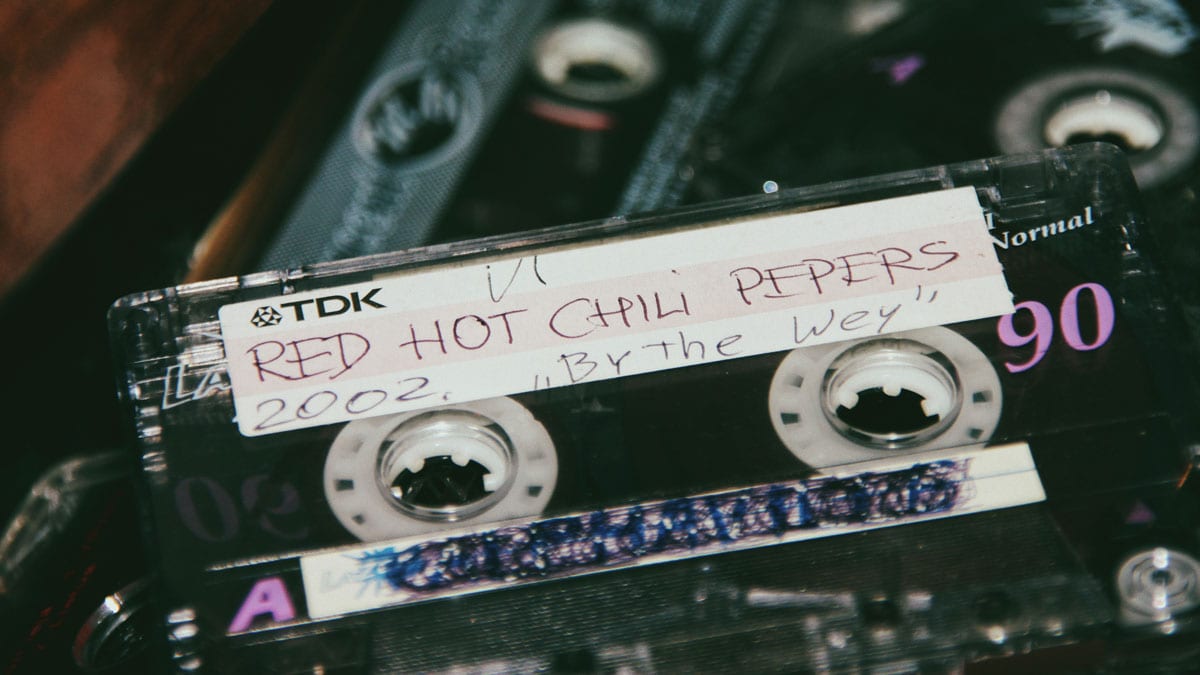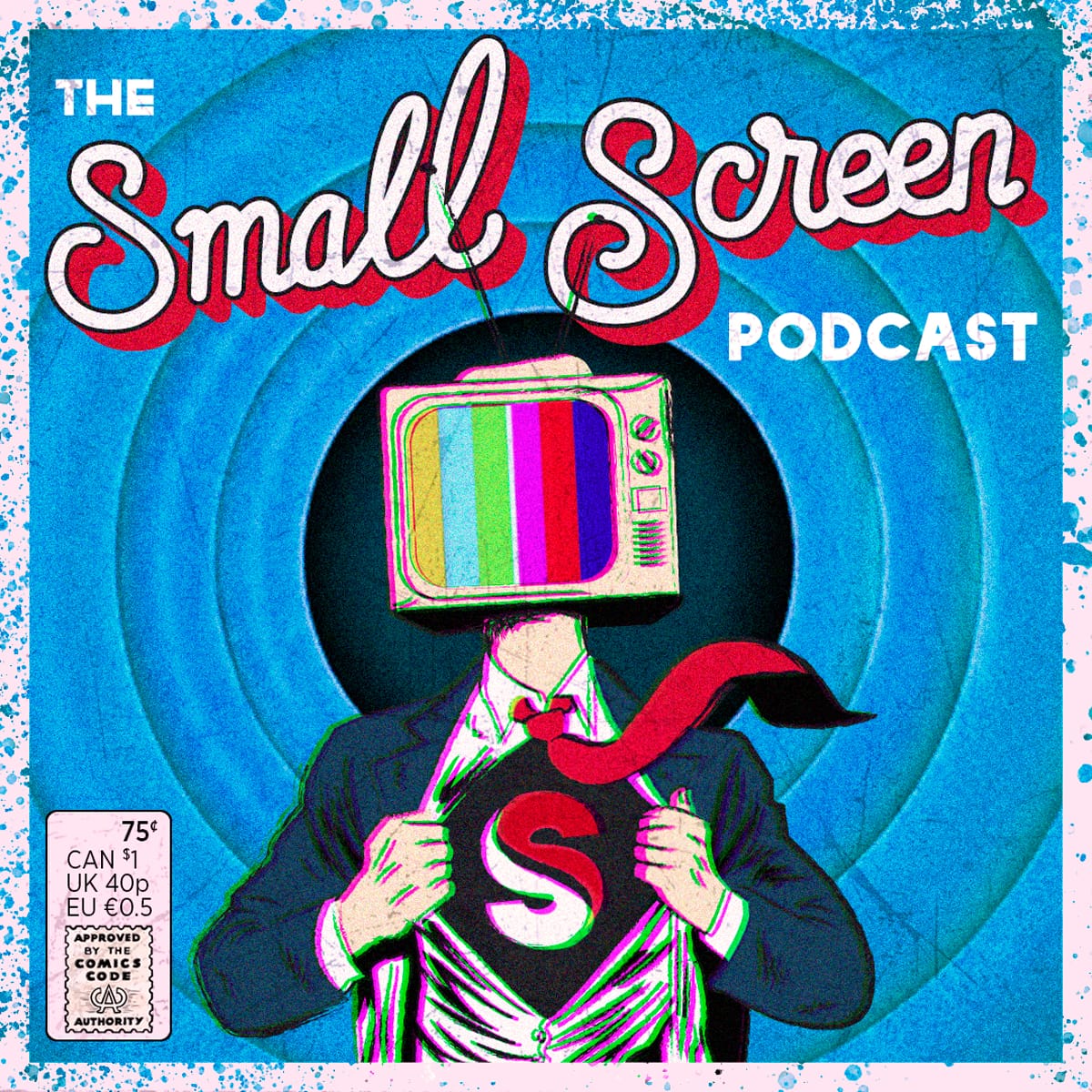Pop culture, short for popular culture, is a dynamic and ever-evolving reflection of the prevailing ideas, beliefs, practices, images, objects, and phenomena that resonate with the mainstream of society. It encompasses the entertainment, fashion, art, music, and attitudes that capture the spirit of the times.
Pop culture is a central element of contemporary life, shaping our values, tastes, and identities. But what distinguishes it from traditional or high culture, and how has it become a defining aspect of the modern human experience? In this exploration, we’ll delve into the heart of pop culture, understand its unique characteristics, and uncover its relationship with traditional culture.
Defining Pop Culture

Credit: Pexels
READ MORE: When Will The Night Agent Season 2 Be Released On Netflix?
Pop culture is rooted in the everyday experiences and interests of a broad cross-section of society. It’s the culture of the masses, driven by accessibility and relatability. Pop culture represents the cultural expressions that are accessible to, appreciated by, and often produced by a large segment of the population. These cultural expressions can take various forms, including music, fashion, films, television, video games, internet memes, slang, and more.
One key characteristic of pop culture is its dynamic nature. It evolves rapidly, reflecting current societal trends, technological advancements, and global events. This constant change is a reflection of the rapid pace of contemporary life and the influence of technology and mass media.
Traditional or High Culture
In contrast to pop culture, traditional or high culture is often associated with more classical, elite, or intellectual pursuits. It includes art, literature, classical music, theater, philosophy, and other cultural forms that have been historically associated with refinement and higher education. High culture often requires a certain level of education and access to resources to fully appreciate and engage with its offerings.
High culture is typically seen as timeless and enduring, with works that have stood the test of time, such as the plays of Shakespeare, the music of Mozart, and the paintings of Leonardo da Vinci. These works are often considered to possess a level of complexity and depth that requires significant study and analysis to fully comprehend.
Key Differences Between Pop Culture and High Culture
Accessibility: Pop culture is highly accessible and often designed to appeal to a broad audience. It is meant to be enjoyed without the need for specialized knowledge or formal education. In contrast, high culture can be less accessible and may require a deeper understanding of the subject matter to appreciate fully.
Evolution vs. Timelessness: Pop culture is characterized by its rapid evolution, adapting to contemporary trends and technologies. High culture, on the other hand, often emphasizes timeless and enduring works that have been cherished for generations.
Consumer-Driven vs. Elite Patronage: Pop culture is often driven by consumer demand and the desire to entertain and engage the masses. High culture has historical ties to elite patronage, with aristocrats and institutions providing financial support for artistic endeavors.
Entertainment vs. Artistic Expression

Credit: Pexels
READ MORE: When Will Reacher Season 2 Be Released On Prime Video?
Pop culture is primarily associated with entertainment, while high culture often places a stronger emphasis on artistic expression, creativity, and intellectual depth.
Media and Technology
Pop culture is closely tied to modern media and technology, including film, television, the internet, and social media. High culture has its roots in older, more traditional forms of artistic expression, such as classical music, literature, and visual arts.
Democracy vs. Elitism
Pop culture is democratic in nature, as it seeks to appeal to a wide audience and reflects the tastes and interests of the masses. High culture has sometimes been associated with elitism, as it has historically been enjoyed by the educated and privileged classes.
Commercial vs. Non-Commercial
Pop culture often has commercial motivations, with industries focused on creating and marketing products that align with popular trends. High culture is often less commercial and more concerned with artistic integrity.
The Intersection of Pop Culture and High Culture

Credit: Pexels
READ MORE: When Will Clarkson’s Farm Season 3 Be Released On Prime Video?
While pop culture and high culture are often portrayed as distinct categories, they are not entirely separate entities. In reality, there is an intricate and evolving relationship between the two.
Influence and Borrowing
Pop culture frequently draws inspiration from high culture. For example, literature, classic art, and historical events are often referenced in pop culture works. Likewise, high culture may incorporate elements of pop culture to reach broader and more diverse audiences.
High Culture’s Evolving Audience
High culture has adapted to changing times and audiences. Modern theaters, symphonies, and art galleries strive to be more inclusive and accessible. They often feature contemporary works alongside classical pieces to attract a broader audience.
Crossover Artists
Some artists bridge the gap between pop culture and high culture. Musicians like Beyoncé and Kendrick Lamar, for instance, have created music that combines elements of popular music with deep artistic and social themes.
Pop Culture as Art
Certain works within pop culture are recognized as art, blurring the lines between the two categories. Iconic movies, influential novels, and celebrated visual artists have all become part of both pop culture and high culture.
Interpretation and Analysis
Academics and critics analyze both pop culture and high culture, highlighting their cultural significance, impact, and the deeper meanings embedded within them. This analysis seeks to bridge the perceived gap between the two.
Final Thoughts

Credit: Pexels
READ MORE: Clarkson’s Farm Season 3 Release Date, Cast, Plot, Theories & Predictions
Pop culture and high culture represent two facets of the rich tapestry of human cultural expression. While they are often portrayed as opposing or distinct, they coexist and continuously influence each other in various ways. Pop culture’s accessibility and dynamic nature make it a vibrant reflection of contemporary life, while high culture maintains its connection to tradition, intellectual depth, and enduring artistic achievements.
Understanding the differences and intersections between these two realms offers insight into the diversity of human creativity and expression. In the end, both pop culture and high culture play essential roles in shaping our identities, reflecting our values, and enhancing our understanding of the world around us. They form a complex and fascinating cultural landscape that invites exploration and appreciation in all its forms.
What do you make of this feature? What does pop culture mean for you?
















